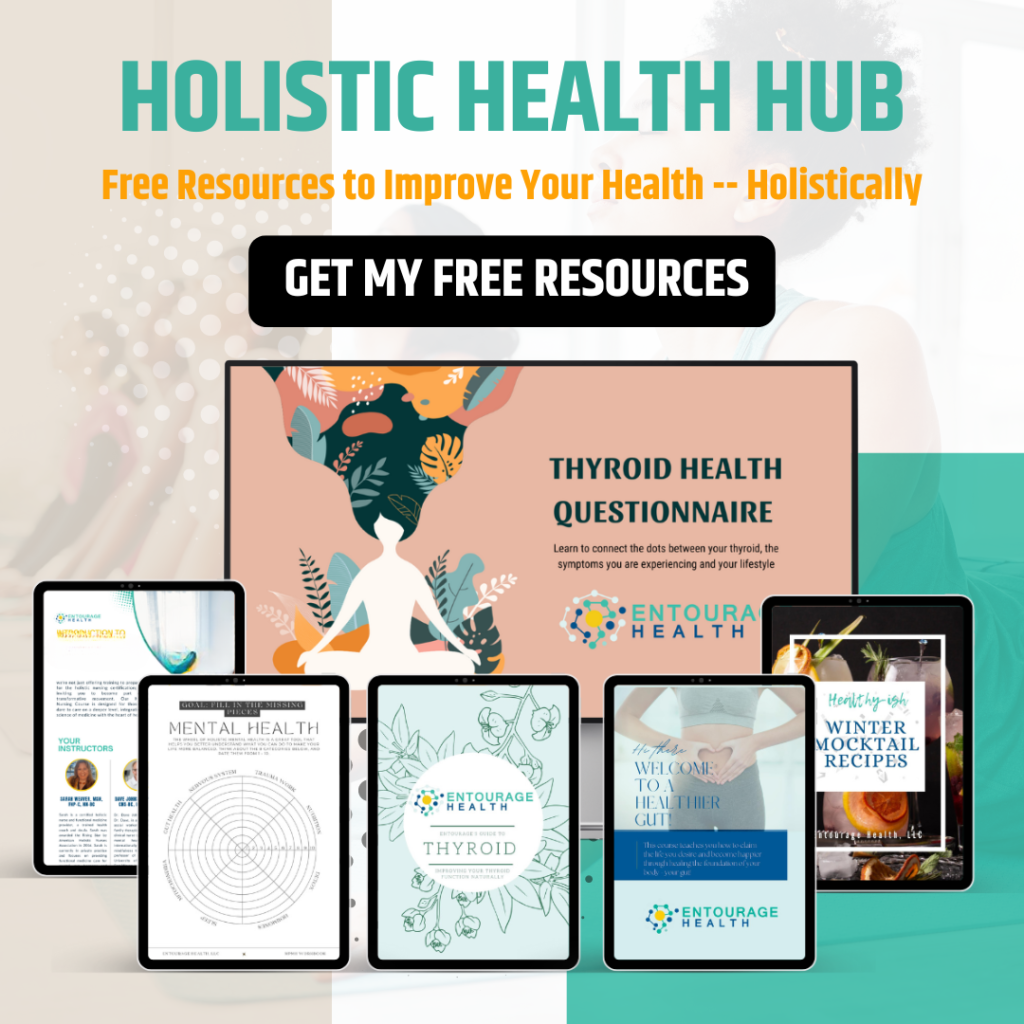Endometriosis, a chronic and often debilitating condition, affects approximately 1 in 10 women of reproductive age. It manifests as the growth of endometrial-like tissue outside the uterus, leading to painful periods, chronic pelvic pain, and, in some cases, infertility. The exact cause of endometriosis remains a matter of scientific debate; however, emerging research points to several root causes. Understanding these can pave the way for more effective, personalized treatment strategies. Here, we explore five common root causes of endometriosis and discuss potential treatments.

1. Hormonal Imbalances
Overview: Estrogen plays a pivotal role in endometriosis. High levels of estrogen, or an imbalance between estrogen and progesterone, can exacerbate tissue growth and inflammation.
Treatment: Treatments aim to regulate hormone levels, often through the use of bio-identical hormones to lessen menstrual bleeding and reduce pain. Dietary interventions, such as reducing red meat and increasing intake of fruits, vegetables, and Omega-3 fatty acids, can also help manage estrogen levels.
2. Immune System Dysfunction
Overview: Some women with endometriosis have been found to have abnormalities in their immune system, making it less effective at fighting the condition. This might allow endometrial-like tissue to grow unchecked.
Treatment: Immune-modulating treatments, such as certain dietary adjustments (e.g., anti-inflammatory diets rich in turmeric, ginger, and omega-3) and supplements (e.g., vitamin D, which has been shown to improve aspects of immune function), could be beneficial. Regular moderate exercise is also known to support healthy immune function.
3. Inflammation
Overview: Endometriosis is characterized by chronic inflammation, contributing to pain and the creation of scar tissue. Factors like environmental toxins, diet, and stress can exacerbate inflammation.
Treatment: Anti-inflammatory diets that include foods rich in antioxidants and omega-3 fatty acids can be helpful. Turmeric, with its active compound curcumin, has been widely studied for its anti-inflammatory properties. Reducing exposure to environmental toxins and stress through lifestyle changes and mindfulness practices can also mitigate inflammation.
4. Genetic Factors
Overview: Endometriosis has a hereditary component; having a close relative with the condition increases one’s risk. This suggests genetics play a role in susceptibility to endometriosis.
Treatment: While we can’t change our genetics, knowing we have a higher predisposition can prompt earlier and more aggressive management. This includes regular check-ups, monitoring for symptoms, and possibly starting preventative measures like lifestyle and dietary changes sooner.
5. Environmental Toxins
Overview: Exposure to environmental toxins, especially endocrine-disrupting chemicals (EDCs) like dioxins and phthalates, has been linked to an increased risk of developing endometriosis.
Treatment: Reducing exposure to EDCs is key. This can involve eating organic foods to limit pesticide exposure, using natural cleaning and personal care products, and avoiding plastics by choosing glass or stainless steel for food storage and drinking.
Conclusion
Endometriosis is a complex condition with multifaceted causes, and effective management requires a comprehensive approach. Hormonal treatments, dietary and lifestyle changes, and interventions aimed at supporting immune function and reducing inflammation are all integral parts of a holistic treatment plan. For those living with endometriosis, working closely with a healthcare provider to tailor a treatment plan based on individual needs and root causes can offer the best chance for symptom relief and improved quality of life.
References:
- American College of Obstetricians and Gynecologists. FAQ013, July 2019.
- Parazzini, F., et al. “Diet and endometriosis risk: A literature review.” Reproductive BioMedicine Online, vol. 26, no. 4, 2013, pp. 323-336.
- Rier, S. E., and Foster, W. G. “Environmental dioxins and endometriosis.” Toxicological Sciences, vol. 70, no. 2, 2002, pp. 161-170.
- Missmer, S. A., and Cramer, D. W. “The epidemiology of endometriosis.” Obstetrics & Gynecology Clinics of North America, vol. 30, no. 1, 2003, pp. 1-19.
Note to Readers: The research and insights provided in this article are intended for educational purposes. It’s crucial to consult with healthcare professionals for a diagnosis and personalized treatment plan.





